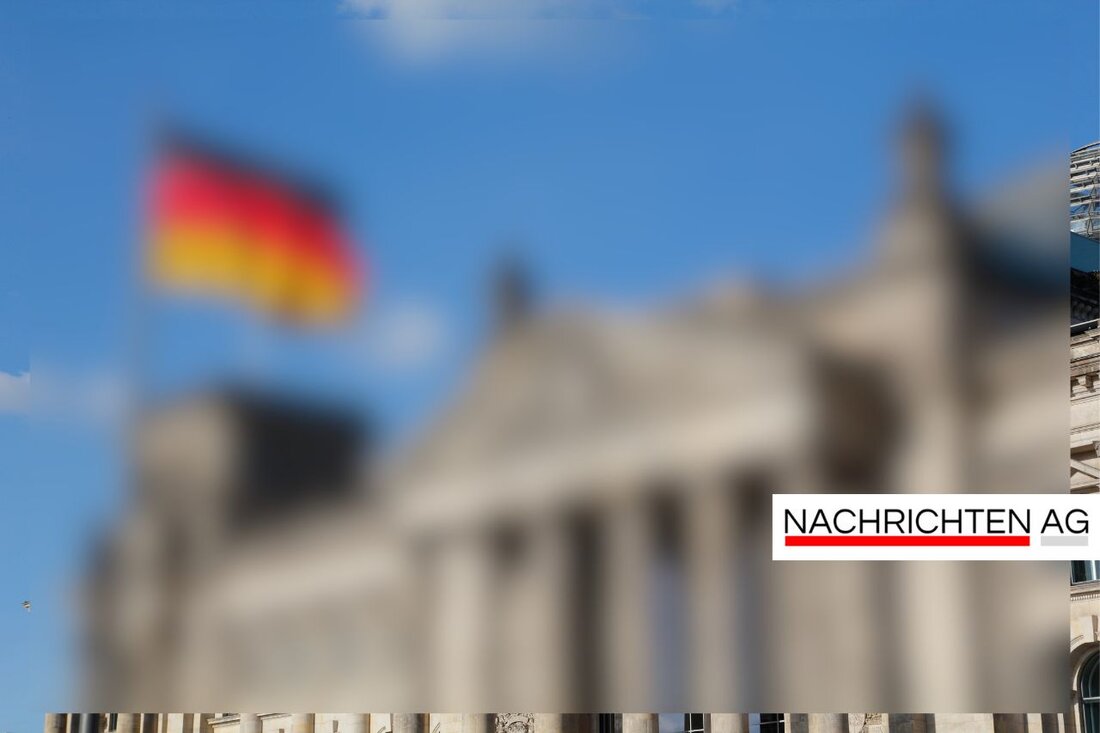Lüneburg's city center in danger: vacancies and solutions needed!
Lüneburg discusses vacancies and urban development: 3,500 city cyclists set CO2 reduction in motion. Find out more now!

Lüneburg's city center in danger: vacancies and solutions needed!
The mood in Lüneburg is currently mixed: While the city shines at this year's city cycling with 3,500 participants and 606,000 kilometers covered, there are also dark times, which are made worse by the vacancy in the former Lünebuch house on the market. Article by Carlo Eggeling Lüneburg Current highlights that despite efforts to make the building more attractive, the critical condition of the property clouds the positive impression of the city. Creative solutions are needed to create a welcoming atmosphere and make the city center more lively.
The city government has already committed millions to combat vacancies and start construction in 2026, which could be a step in the right direction. Nevertheless, the people of Lüneburg are not alone with their problem. According to a recent study by imakomm, published on DStGB, retail in German city centers could fall by up to 14%. Restaurants will expect a decline of 6-7%. The frequencies in the city centers also show that there is a need for action, because from July to September 2023 only 87% of people were out and about compared to 2019.
Looking for solutions
The vacancy in Lüneburg is just one facet of a larger problem that affects many cities in Germany. The vacancy rate in C locations has risen to 21%, while B locations have increased to 15%. Innovative approaches are needed to reverse these developments. City marketing has already made staff changes to bring a breath of fresh air to the city center, but the challenges are enormous. There are currently over 50 vacant properties in Lüneburg that need to be addressed.
More and more cities are thinking about opening up empty spaces for new uses. This ranges from co-working spaces to social facilities to pop-up stores that create temporary attractions. In Austria, for example, projects to convert vacant spaces are on the rise in order to counteract the increasing vacancy rate, which is currently at 4.9%. The relocation of shopping opportunities to peripheral locations contributes to inner cities becoming less attractive.
Looking into the future
The federal and state governments have a duty to create the financial basis for the conversion of inner cities. An integrated approach to urban development, involving citizens and local actors, could be the key to revitalizing inner cities. Measures that create living space, green space and horizons of experience for citizens are essential. According to the DStGB, the new federal government must set a clear course in order to increase frequencies and improve the attractiveness of city centers.
Current developments and initiatives make it clear that it is necessary to combine cleverly and think creatively. The hope for a revitalized city center is alive, even if getting there remains a challenge. And perhaps Lüneburg will soon be an example of how cities can turn things around. Concepts used in the past could finally bring decisive success if all players pull together to combat vacancies.

 Suche
Suche
 Mein Konto
Mein Konto